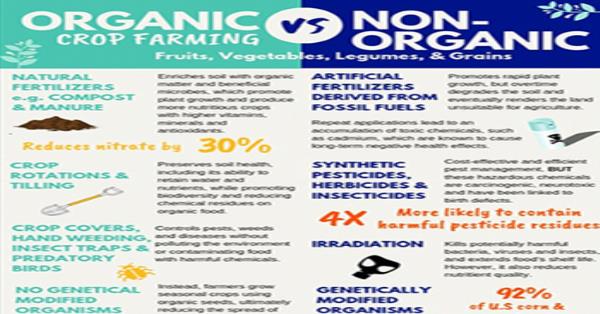The Process of Producing Non-Organic Beans Explained

Non-organic beans are a staple in many households, prized for their versatility and affordability. But have you ever wondered how these beans are produced? The process involves several stages, from cultivation to packaging, each designed to ensure quality and consistency. In this blog, we’ll delve into the detailed steps of producing non-organic beans, shedding light on the methods and practices that bring these legumes to your table. Whether you’re a curious consumer or a potential buyer, understanding this process can help you make informed choices. (non-organic beans production, bean cultivation process)
Cultivation and Harvesting of Non-Organic Beans

The journey of non-organic beans begins in the field. Farmers select specific bean varieties based on factors like climate, soil type, and market demand. Unlike organic farming, non-organic cultivation often involves the use of synthetic fertilizers and pesticides to maximize yield and protect crops from pests and diseases. (bean farming techniques, synthetic fertilizers in agriculture)
Key Steps in Cultivation:
- Soil Preparation: Fields are plowed and enriched with chemical fertilizers to provide essential nutrients.
- Seeding: Beans are planted in rows, ensuring optimal spacing for growth.
- Pest Control: Pesticides are applied regularly to prevent infestations and ensure healthy crops.
📌 Note: The use of synthetic chemicals in non-organic farming is regulated to ensure safety for consumption.
Processing and Packaging Non-Organic Beans

Once harvested, non-organic beans undergo processing to prepare them for distribution. This stage includes cleaning, sorting, and packaging, ensuring the beans meet quality standards. (bean processing methods, food packaging standards)
Processing Steps:
- Cleaning: Beans are washed and dried to remove dirt, debris, and any remaining chemicals.
- Sorting: Advanced machinery sorts beans by size and color, discarding any damaged or inferior ones.
- Packaging: Beans are packaged in bags or containers, often treated with preservatives to extend shelf life.
| Stage | Purpose | Tools/Materials |
|---|---|---|
| Cleaning | Remove impurities | Water, drying machines |
| Sorting | Ensure uniformity | Sorting machines |
| Packaging | Preserve freshness | Plastic bags, preservatives |

Quality Control and Distribution

Before reaching consumers, non-organic beans undergo rigorous quality control checks. This ensures they meet safety and nutritional standards. Once approved, the beans are distributed to retailers and wholesalers. (quality control in food production, bean distribution process)
Quality Control Measures:
- Testing: Samples are tested for pesticide residues and nutritional content.
- Inspection: Packaging is inspected for leaks or damage.
- Certification: Beans are certified by regulatory bodies to confirm compliance with standards.
Summary and Checklist

Producing non-organic beans involves cultivation, processing, and quality control. Each step is crucial to ensure the beans are safe, consistent, and ready for consumption. Below is a checklist to summarize the process:
- Prepare soil with synthetic fertilizers.
- Plant and maintain crops using pesticides.
- Harvest and clean the beans.
- Sort and package the beans.
- Conduct quality control tests.
- Distribute to retailers and consumers.
Understanding the production process of non-organic beans highlights the efforts behind this everyday food item. From field to table, each step is designed to deliver a reliable product. Whether you’re a consumer or a buyer, this knowledge can help you appreciate the complexity of food production. (non-organic farming practices, bean production overview)
What are non-organic beans?
+Non-organic beans are cultivated using synthetic fertilizers and pesticides, unlike organic beans which rely on natural methods.
Are non-organic beans safe to eat?
+Yes, non-organic beans are safe to eat as they undergo rigorous testing to ensure compliance with safety standards.
How are non-organic beans different from organic beans?
+Non-organic beans use synthetic chemicals for cultivation, while organic beans rely on natural fertilizers and pest control methods.


